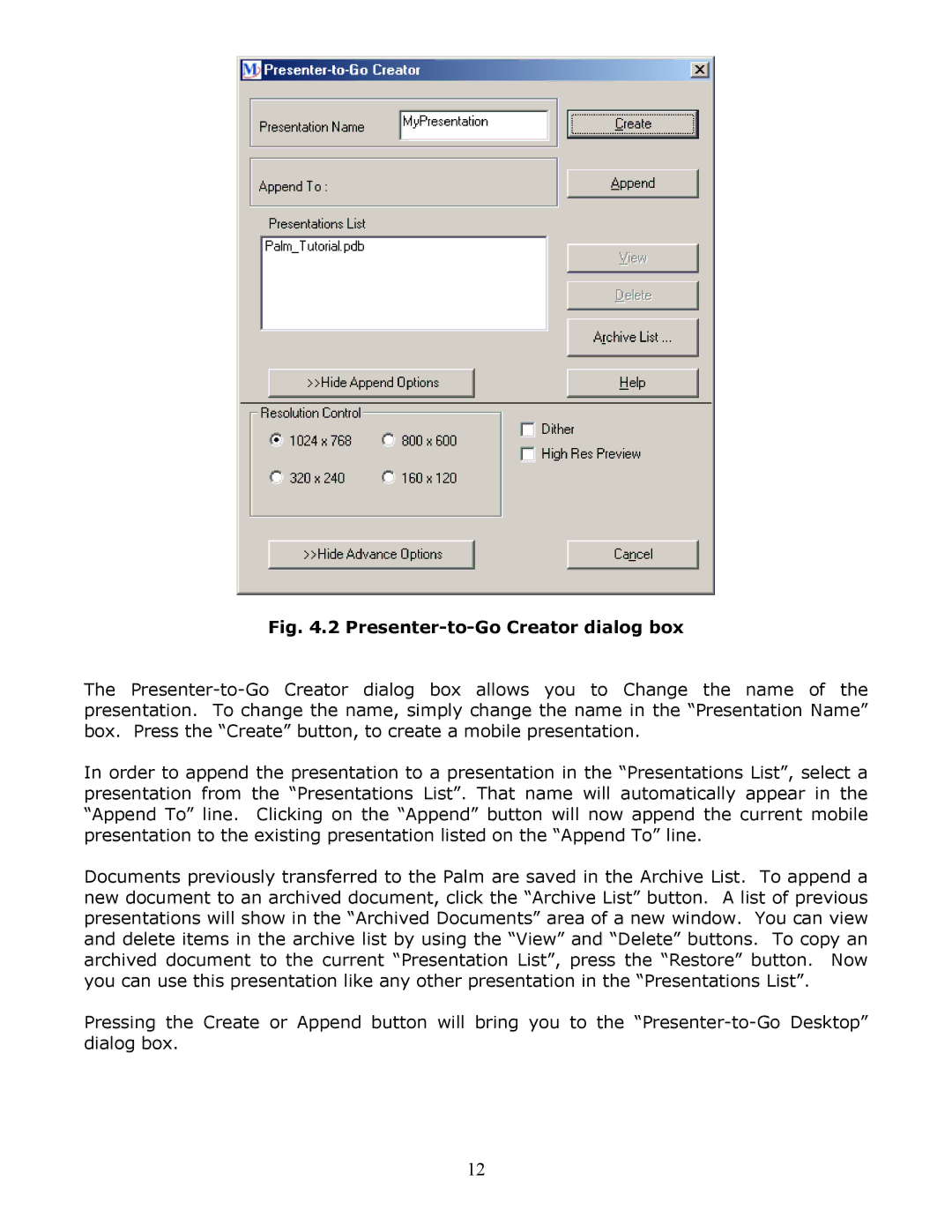Secure Digital (SD) & Memory Stick specifications
InFocus Secure Digital (SD) and Memory Stick are two prominent types of flash memory storage used across a variety of devices, from cameras to smartphones and gaming consoles. Both storage solutions aim to provide users with efficient storage options, but they come with their own unique features, technologies, and characteristics.Secure Digital (SD) cards were first introduced in 1999 and have since evolved into a widely accepted standard for digital storage. One of the main features of SD cards is their versatility. They come in various capacities, including Standard Capacity (SDSC), High Capacity (SDHC), and Extended Capacity (SDXC), allowing users to choose a card that best meets their storage needs. SD cards are renowned for their compact size and lightweight design, making them easy to transport and use across different devices.
The technologies underlying SD cards include flash memory, which provides faster data access and retrieval times compared to traditional magnetic storage. With advancements in speed classes, such as UHS-I and UHS-II, SD cards now offer increased data transfer rates, making them ideal for high-definition video recording and continuous shooting of high-resolution images. Additionally, the Secure Digital Association (SDA) has defined features like write protection, which prevents accidental deletion of data, enhancing security.
Memory Stick, developed by Sony in 1998, is another prominent form of flash memory that features its own set of characteristics. Initially designed for use in Sony devices, Memory Stick has expanded in variant types, including Memory Stick Pro, Memory Stick Duo, and Memory Stick Micro. These variations are tailored for different device form factors, ensuring compatibility with a diverse range of electronics.
One of the standout features of Memory Stick is its built-in security capabilities, which include encryption and authentication options for protecting sensitive data. This makes it particularly appealing for users concerned with data privacy. The Memory Stick format also offers higher storage capacities for certain models, catering to the needs of power users who demand more space for their multimedia files.
In terms of technology, both SD and Memory Stick support a range of file systems, ensuring ease of use across platforms. Their resilience against shock, temperature variations, and electrical interference makes them reliable for everyday use. While the SD card format has become more universally accepted and adopted in various devices, Memory Stick remains a staple in the Sony ecosystem, showcasing the brand's commitment to providing users with high-quality, versatile storage solutions.
In conclusion, both InFocus Secure Digital and Memory Stick play significant roles in the landscape of digital storage, each with their distinctive features and technological advancements that cater to different user needs and preferences.

